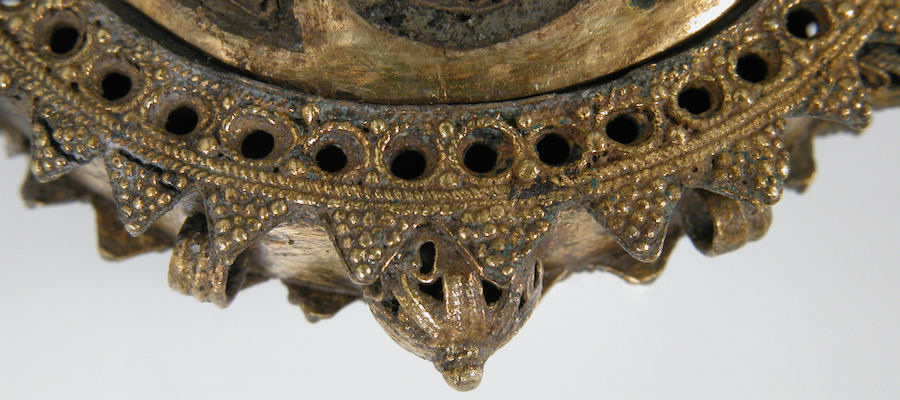Late Byzantine Ornaments (13th–15th Centuries): Crossing Genres, Cultural Boundaries and Research Disciplines / Spätbyzantinische Ornamente (13.-15. Jahrhundert): Überschreitung von Genregrenzen, Kulturgrenzen und Forschungsdisziplinen
This panel considers Byzantine ornaments of the 13th to 15th centuries and their role in the context of medieval cultural transfer between Byzantium, central Europe, South Italy and Sicily, the Balkans, the Eastern Mediterranean and North Africa, Russia (Kievan Rus’, Moscow, Novgorod) and the Asian Steppes (Mongols and others).
The period is ideal to study questions of the ‘migration’ of ornaments, their adoption and adaptation in different regions, and the underlying concepts of mutual exchange. Many political changes have occurred before or in that period, such as the Crusades, the ‘Western’ influence through trade with the Venetians and Genovese, the Seljuks in what is today Turkey and other powers allying with or opposing Byzantium, such as the Mamluks. The ties with Christianised neighbours on the one hand, such as Bulgaria, Russia, or even Scandinavia were strong but ambiguous, and the exchange with Islamic rulers on the other hand is well-attested.
Some of these political contacts are well researched from an historical or art historical point of view, but in general, ornaments represent a huge gap in research. Art history, especially, has tended to focus on iconographical concepts or analyses of style and motifs. However, ornaments have turned out to be extremely rewarding with regard to questions of cultural transfer since they have crossed genres as well as geographical boundaries. Ornaments seemed to have been exchanged faster than religious iconography and architecture because they did not come attached with ‘ideological issues’.
